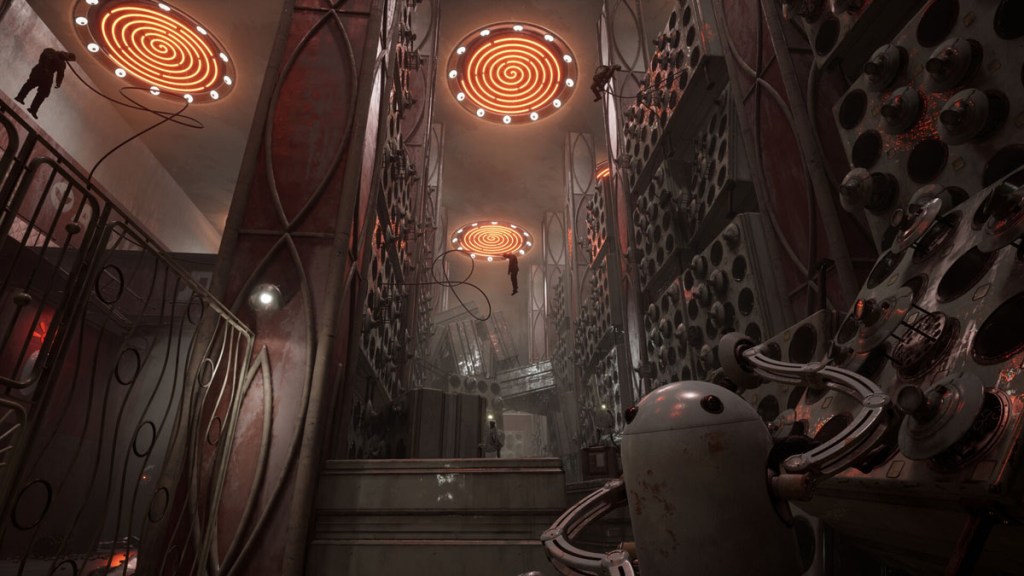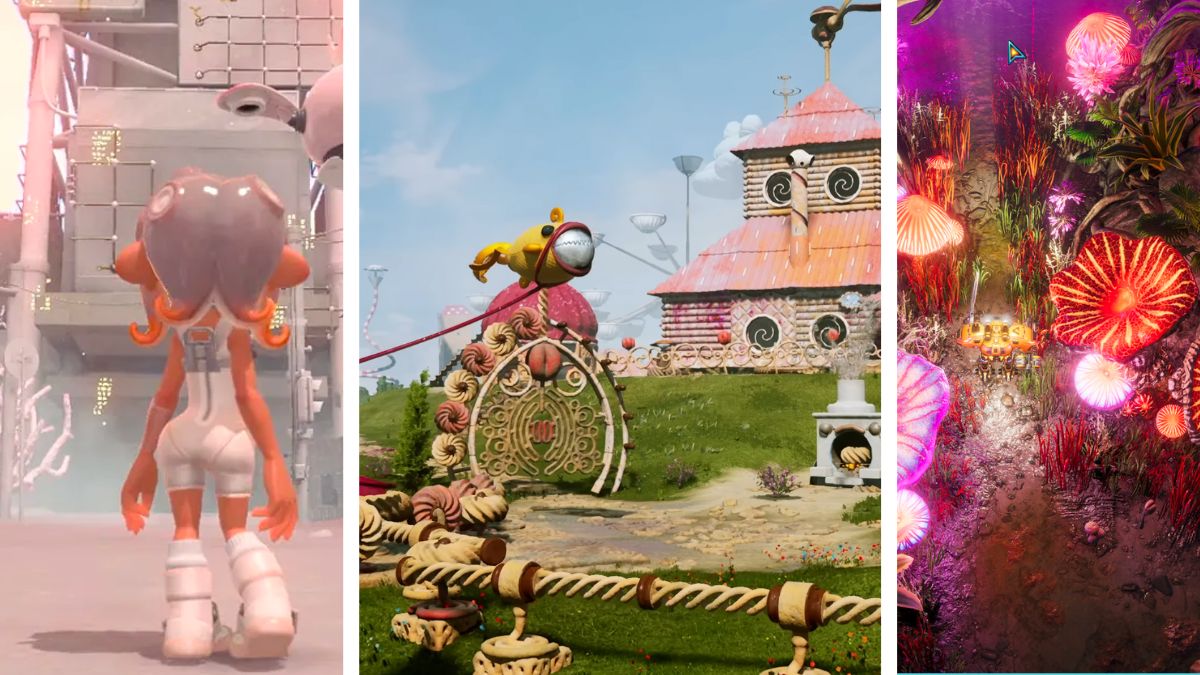Like other retrofuturistic sci-fi stories like Bioshock, Atomic Heart is all about its lore. Atomic Heart’s lore is what explains how the game can have a 1950s style in the same place as hyper-intelligent, weapon-wielding robots. Luckily for fans of these timeline-bending games, Atomic Heart has a rich and exciting fictional history that centers around one big discovery: Polymer.
What is Polymer in Atomic Heart?
Polymer is the substance that started it all. In the lore of Atomic Heart, in 1936, Professor Dmitry Sergeyevich Sechenov combined the properties of heavy water and silicon to create a revolutionary substance for the field of robotics — that substance was Polymer. Scientists quickly discovered this liquid compound could be programmed and used to create sustainable energy with a cold fusion reactor. Later, it also became the foundation for a robotic workforce. Because of Sechenov’s breakthrough, the USSR’s robotics capabilities leaped forward in progress.
This change to the USSR’s history meant that the country won World War II and entered a golden age. Now a utopian superpower, the USSR led the world in technological advancements, especially when it came to highly sophisticated robotics.
Related: How to defeat The Twins in Atomic Heart
What is Facility 3826?

After Professor Sechenov proved the radical results that came with using his Polymer, the USSR backed a national project called Facility 3826, meant to fund and encourage more experiments on Polymer. This way, the USSR could expand the many tech-boosting uses for the compound. For example, sophisticated scanners, weapons, locks, and more all came from Facility 3826 inventors.
However, one of the most significant breakthroughs in Facility 3826 history was a networked artificial intelligence for the robotic workforce called Kollektiv 1.0. With Sechenov’s help, this universal AI helped increase robotic workforce efficiency exponentially.
Where does P-3 fit into Atomic Heart’s fictional history?
Related: Does Atomic Heart have multiple endings?
In 1950, Sechenov’s next genius breakthrough was with Polymer Assimilative Adaptation. This was a process by which Sechenov discovered how to integrate Polymer into a human body. This made it possible for humans to directly interface with Polymer, robots, and even Kollektiv 1.0. Ultimately, it meant humans could control robots’ actions with a simple thought. This interface device was eventually fine-tuned over the next few years and by 1954, was finalized and named, unironically, “Thought.” Thought and Kollektiv 2.0 were supposed to launch on June 13, 1955, but the awry release is where your character, P-3, steps in. Now, you must try to clear the main Facility 3826 location of rogue bots and help resolve the technological disaster.







Published: Feb 21, 2023 11:01 am